The A-ST01 is crafted as a sofa table with an ideal structure, scale, and height for comfortable seating, perfect for enjoying a cup of coffee and a book. It can also serve as a side table by the bedside or entrance.
Its straightforward design, carefully selected materials, and the craftsmanship of Karimoku Furniture elevate it to the level of a sculptural piece, making a statement in any living room.
A-ST01
KEIJI ASHIZAWA

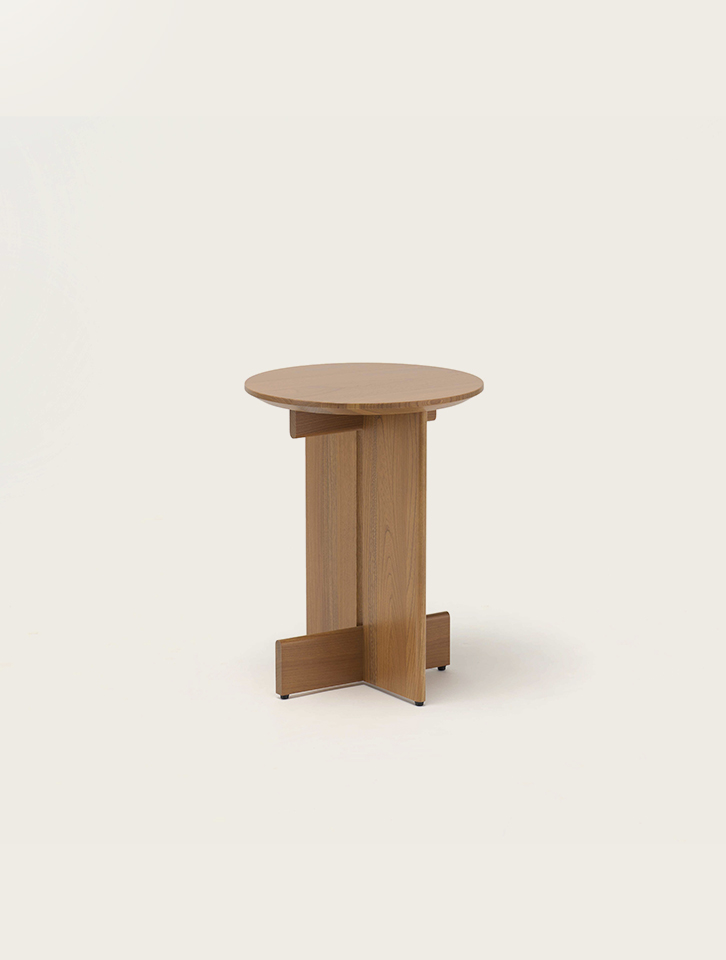
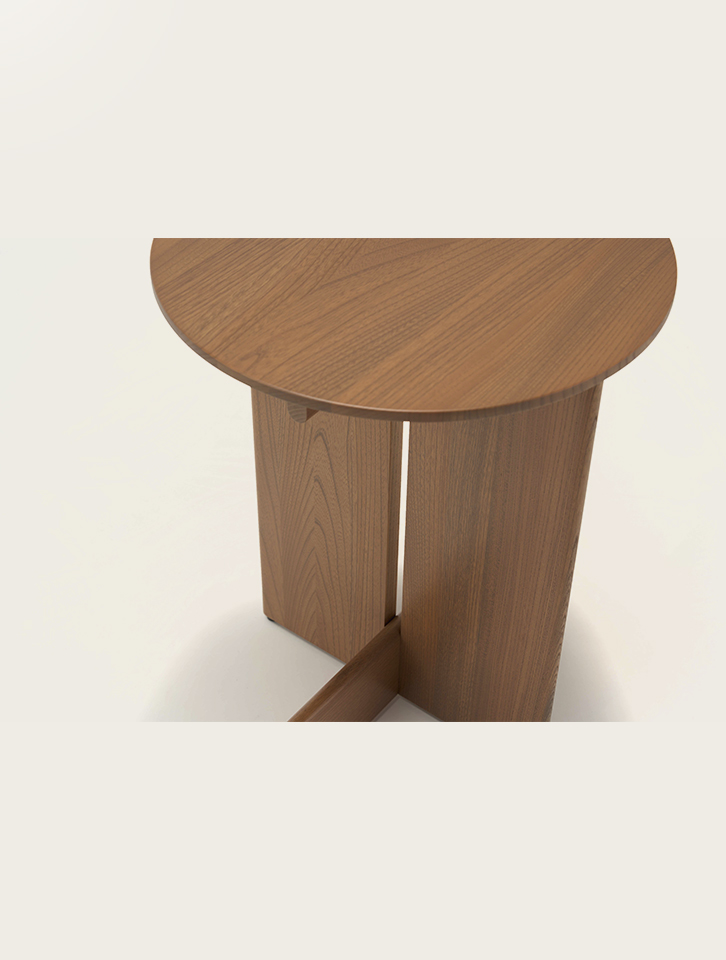


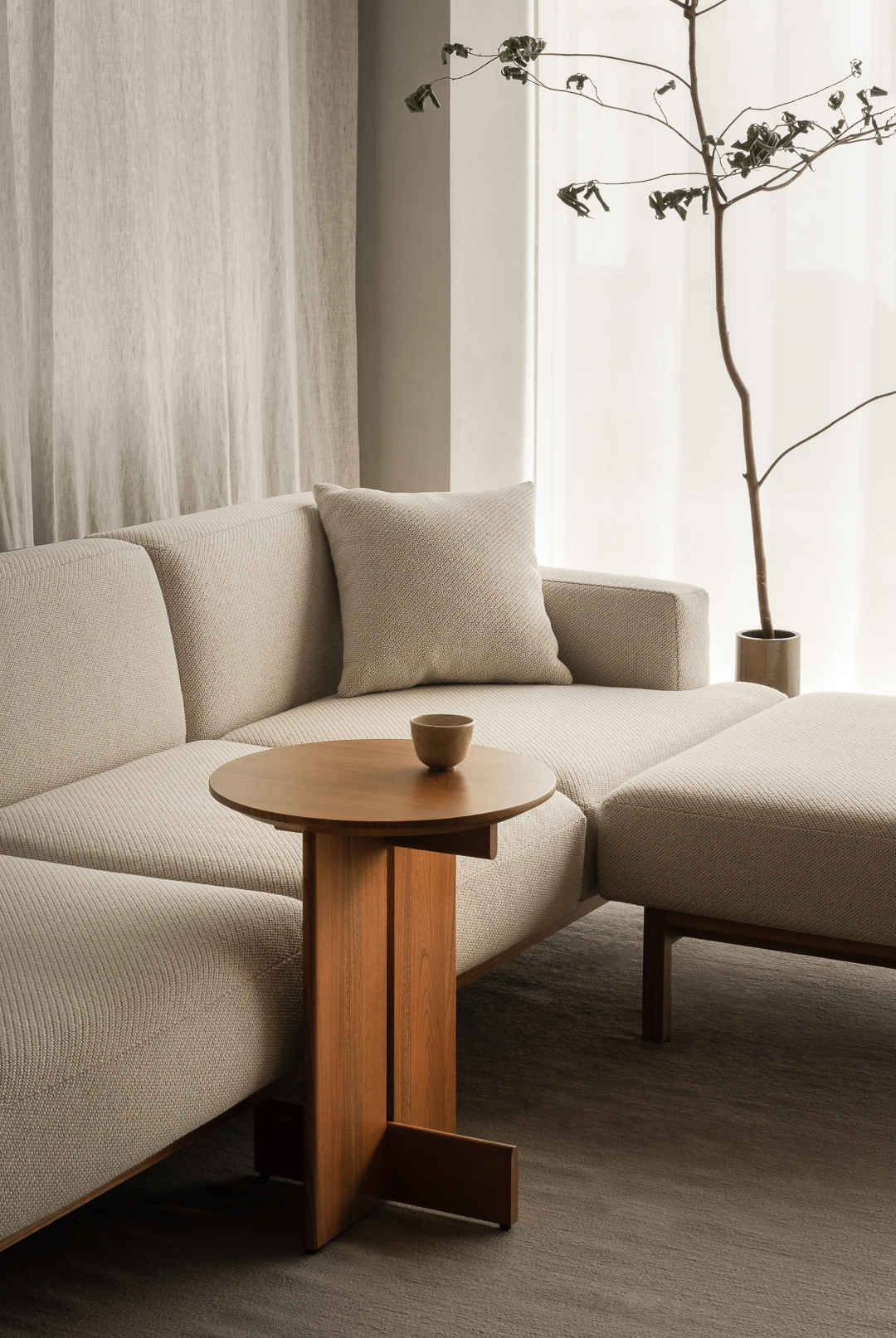
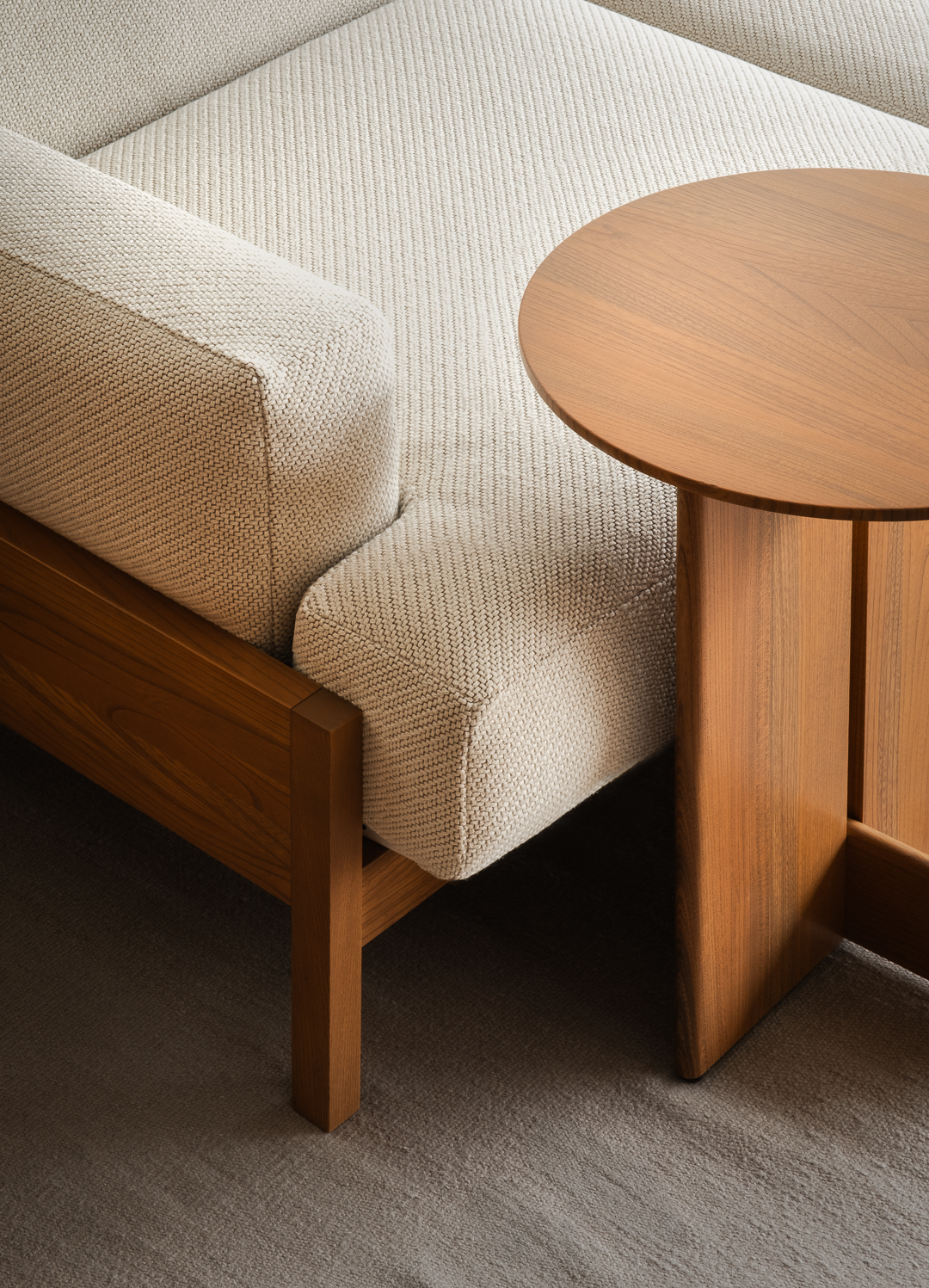


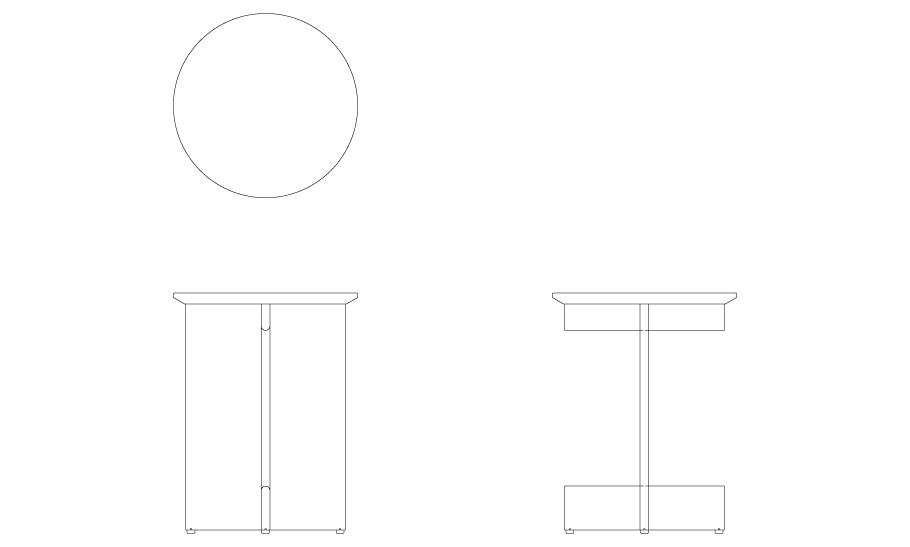
- Dimensions
- width
- 420
- depth
- 420
- height
- 548
- materials
- TIMBER
- PURE OAK
- SMOKED OAK
- GRAIN MATTE BLACK
- KEYAKI BROWN

Nagoya Sakae Cafe
The Nagoya Sakae Cafe Collection has its native setting in Blue Bottle Coffee Nagoya Sakae Cafe located in Sakae, Nagoya. Blue Bottle Coffee Nagoya Sakae Cafe is an interior project for a store located on the first floor corner of a new landmark opened in the Sakae area in the center of Nagoya.
With Hisaya-odori Park in front of the café and many pedestrians from the subway, the café was designed as a diverse and accessible café for many people.
As with the other Case 02 series, the entire cafe was designed by Keiji Ashizawa Design, who also designed the tailor-made wooden interior and furniture as components of the cafe. Some furniture, such as side tables, constitutes an additional element of the second collection of Karimoku Case.

Nagoya Sakae Cafe
The Nagoya Sakae Cafe Collection has its native setting in Blue Bottle Coffee Nagoya Sakae Cafe located in Sakae, Nagoya. Blue Bottle Coffee Nagoya Sakae Cafe is an interior project for a store located on the first floor corner of a new landmark opened in the Sakae area in the center of Nagoya.
With Hisaya-odori Park in front of the café and many pedestrians from the subway, the café was designed as a diverse and accessible café for many people.
As with the other Case 02 series, the entire cafe was designed by Keiji Ashizawa Design, who also designed the tailor-made wooden interior and furniture as components of the cafe. Some furniture, such as side tables, constitutes an additional element of the second collection of Karimoku Case.
Keiji Ashizawa
Keiji Ashizawa Design is an architecture and product design studio based in Tokyo, Japan. Formed in 2005 by Keiji Ashizawa, the studio is comprised of both architects and designers, all bringing unique skills to the team.
Through logical thinking and open-mindedness, the studio presents works of ‘honest’ design — simple, thoughtful and refined — derived naturally through the process of maximizing the potential of each material. The work of the studio is based on the notion that the sharing of experiences is essential to the creative process, exercised through collaboration on many levels: internally amongst the designers, and in maintaining relationships with clients and other creative professionals to grow, learn and form an evolving dialogue of thought. After graduating from Yokohama National University in 1996, Keiji spent the first ten years of his career working as both an architect and steel fabricator. The unique skills and experience gained throughout these early years, including a valued understanding of materials, continue to influence his approach to design.
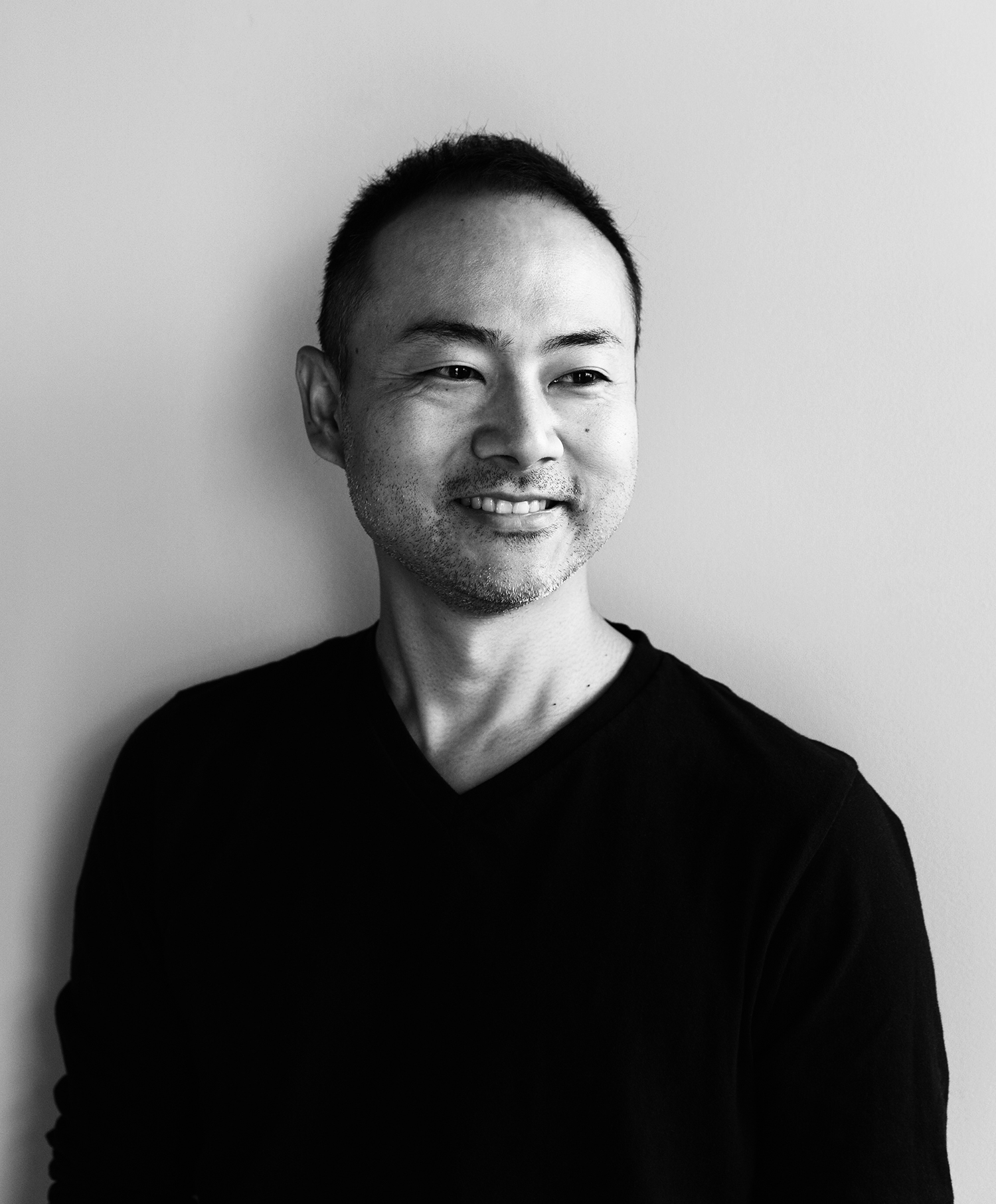

Keiji Ashizawa
Keiji Ashizawa Design is an architecture and product design studio based in Tokyo, Japan. Formed in 2005 by Keiji Ashizawa, the studio is comprised of both architects and designers, all bringing unique skills to the team.
Through logical thinking and open-mindedness, the studio presents works of ‘honest’ design — simple, thoughtful and refined — derived naturally through the process of maximizing the potential of each material. The work of the studio is based on the notion that the sharing of experiences is essential to the creative process, exercised through collaboration on many levels: internally amongst the designers, and in maintaining relationships with clients and other creative professionals to grow, learn and form an evolving dialogue of thought. After graduating from Yokohama National University in 1996, Keiji spent the first ten years of his career working as both an architect and steel fabricator. The unique skills and experience gained throughout these early years, including a valued understanding of materials, continue to influence his approach to design.